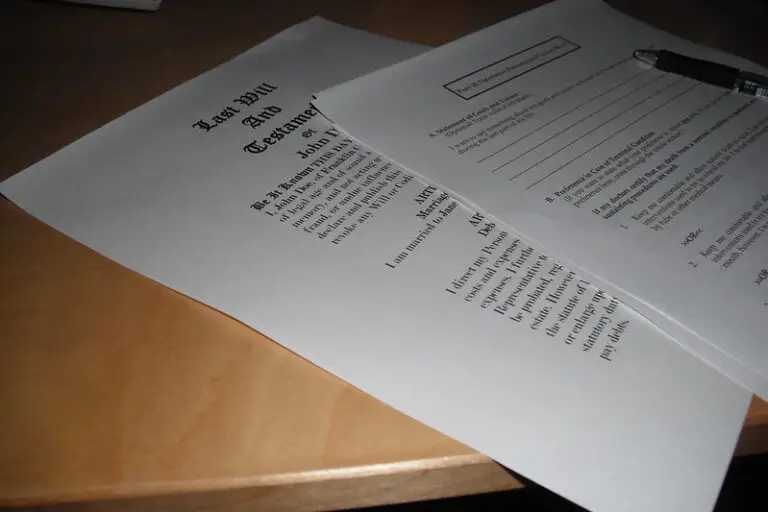Roth IRAs are popular for their flexibility and the simplicity of putting after-tax dollars in and not paying taxes on withdrawals during retirement. However, making the most of a Roth IRA requires paying attention to the details, according to a recent article “What is the Roth IRA 5-Year Rule?” from U.S. News & World Report.
More specifically, there are certain five-year rules that can undo all the good that comes from using a Roth, if you don’t know them. Avoid paying penalties or fees, by understanding how the Roth IRA rules work.
The Roth IRA five-year rule applies to investment earnings, and not to initial contributions. If you make withdrawals of investment earnings before the five-year time period, you’ll get hit with taxes and penalties, no matter how old you are. Many people think that once they turn 65 or 70, they can tap their Roth IRA whenever they want, but that’s not true.
Once you’ve opened and funded a Roth IRA, you’ll have to wait five years until you can start taking tax-free withdrawals of your investment earnings. The clock starts ticking on the date you open the account and make your very first contribution.
After five years, there are still certain requirements that must be met to take out earnings without a penalty. Before you can take out tax-free withdrawals, you will need to be at least 59½ or older.
That’s even if your first contribution was made the year you celebrated your 58th birthday. You’ll need to wait until age 63 before you may take qualified distributions from the account. The five-year rule applies, even if you opened the Roth IRA at age 70.
How is this time frame calculated? The IRS does it based on tax years. A tax year runs from January 1 to December 31. The deadline for contributions is the same as the deadline for filing taxes. Let’s say you funded a Roth IRA in April 2021 for the calendar year of 2020. The five-year rule begins on January 1, 2020. Apply the five-year rule, and you could begin taking withdrawals from the account on or after January 1, 2025.
What happens if you need to make withdrawals before the account hits that five-year mark? In that case, withdraw contributions to the account and not investment earnings.
If you’ve contributed money to a Roth IRA account, you can take that money out with no tax or penalty, no matter how old you are. However, make sure you meet all of the requirements. Remember that to avoid any taxes or penalties, you’ll need to leave the earnings in the account.
Reference: U.S. News & World Report (March 10, 2021) “What is the Roth IRA 5-Year Rule?”






